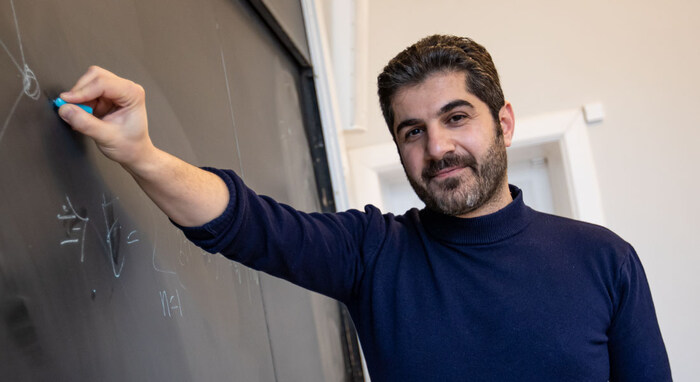APPLICATIONS
Physicists create software to diagnose severe illnesses using supercomputer modeling techniques

In a groundbreaking development, physicists at the Niels Bohr Institute, the University of Copenhagen, and the University of Southern Denmark have developed a powerful software package that promises to revolutionize the field of diagnosing and understanding serious diseases. The software, called FreeDTS, is designed to model and study biological membranes at the mesoscale, which bridges the gap between the larger macro level and the smaller micro level.
Biological membranes play a crucial role in maintaining cellular health, and any abnormalities or irregularities in their shape can indicate the presence of disease. By utilizing supercomputer modeling techniques, the researchers have created a tool that can unlock a deeper understanding of cell behavior and potentially pave the way for advanced diagnostics of infections and diseases, including conditions like Parkinson's.
What sets FreeDTS apart is its collaborative and open-source nature. Normally, scientific advancements in this field are closely guarded and kept secret until publication. However, the team behind FreeDTS has taken a different approach, generously sharing their software with the scientific community. This selfless act not only demonstrates the researchers' respect for the pioneers in the field but also reflects their commitment to fostering collaboration and advancing scientific knowledge.
According to Weria Pezeshkian, an assistant professor at the Niels Bohr Institute and one of the key contributors to the software package, there are still numerous unanswered questions and challenges in the biomolecular modeling field. By encouraging more researchers to join the game and contribute their ideas, results, and methods, the scientific community as a whole can make significant strides toward deciphering complex biological processes and improving diagnostic capabilities.
The study of biological membranes holds great promise for the future of diagnostics. As computational modeling becomes more precise and the power of supercomputers continues to increase, researchers may one day be able to accurately pinpoint the causes of changes in membrane shape and relate them to specific diseases or genetic deficiencies. This potential breakthrough could enable personalized medicine and revolutionize the way we diagnose and treat a wide range of conditions.
While there is still a long way to go and many adjustments to be made, the optimistic perspective of computational modeling is driving the researchers forward. Weria Pezeshkian states, "We are not there yet, but we can see it on the horizon." The research team's commitment to an open and sharing community ensures that the path towards these advancements will be paved with collaboration and collective progress. 
The development of FreeDTS marks an extraordinary leap forward in the study of biological membranes and the diagnosis of serious diseases. With its potential to unlock the secrets of cellular behavior and improve our understanding of various pathologies, this software package holds immense promise for the future of medicine. By combining the expertise of physicists, biologists, and computer scientists, we may soon enter a new era of personalized medicine and enhanced diagnostic capabilities.

